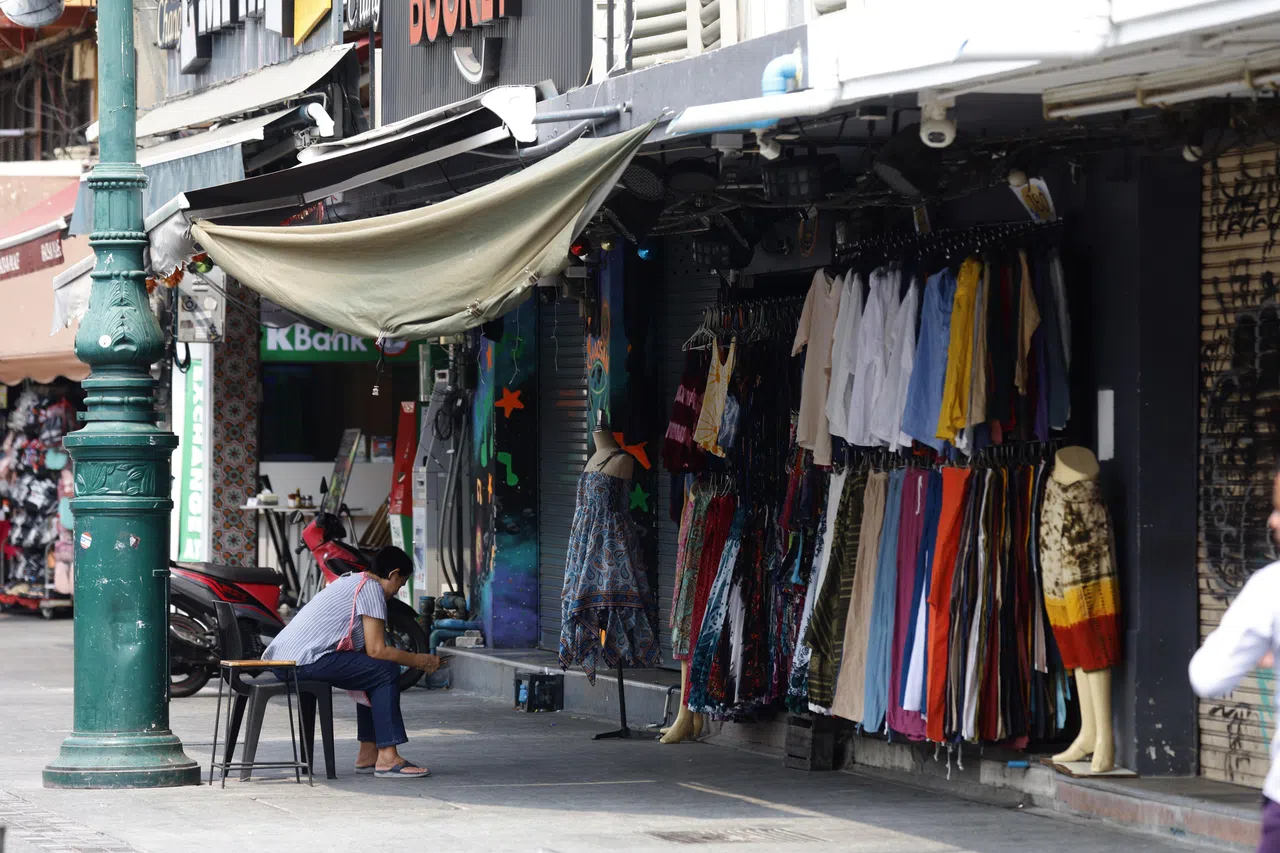NON-performing loans at Thailand’s commercial banks dropped from a three-year high as a post-pandemic tourism recovery boosted debt repayment ability of hotels, restaurants and other travel-related businesses.
Bad loans totalled 552.1 billion baht (S$22 billion) at the end of December, or some 2.78 per cent of commercial banks’ outstanding loans, Assistant governor Suwannee Jatsadasak told a press conference on Tuesday (Feb 18). The bad-loan ratio had jumped to 2.97 per cent at the end of September, the highest level since the third quarter of 2021.
Restructuring of loans belonging to some large businesses improved their ability to service their debt again, Suwanee said.
Prime Minister Paetongtarn Shinawatra’s administration has implemented a series of measures to boost the country’s tourism industry including visa waivers for travellers from China, India and several other countries. The government also introduced new steps to help borrowers of housing, car and personal loans to extend repayment periods and reduce interest payments.
“It was an encouraging sign to see the NPL ratio drop for the first time in several quarters,” said Suwannee. “The tourism sector has seen major improvement especially operators of hotels, restaurants and transportation.”
A set of debt-relief measures unveiled in December covers millions of retail borrowers and small businesses struggling to repay loans. An estimated 1.9 million debtors with about 890 billion baht of sticky loans taken to purchase houses and automobiles and finance small and medium businesses from commercial banks and state financial institutions will be eligible for interest suspension.
The total outstanding loans of commercial banks fell 0.4 per cent in the fourth quarter from a year earlier, an improvement from a 2 per cent contraction in the previous quarter, according to Suwannee. That came in the wake of a surprise interest rate cut in October by the Bank of Thailand, which warned of deteriorating credit quality, partly due to the struggles of small- and medium-sized enterprises and “vulnerable” households.
South-east Asia’s second-biggest economy is saddled with the region’s highest level of household debt, which is holding back spending, consumption and investments. That’s made Thailand an economic laggard compared to its neighbours, with the fourth-quarter growth of 3.2 per cent missing analysts’ median estimate for a 3.8 per cent expansion. BLOOMBERG
Share with us your feedback on BT’s products and services







